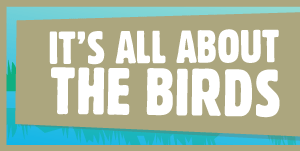 |
 |
 |
 |
The Isle of Wight is an ideal location for going out into the countryside, filling your lungs with fresh air and exploring Britain's wildlife. The animals and birds we see in the UK today and the environment in which they live has been sculpted over hundreds of years by the way we have managed our land. Developing as a predominantly agricultural society, our countryside has been shaped to appear as we recognise it today by the farming methods that have been used over the centuries. The Island is home to a diverse range of birds, mammals, and insects that have developed alongside our hedgerows, meadows, rivers, ponds, coasts and woodlands. In many places this diversity has been severely threatened by the intensification of agriculture and the continual encroachment of urban space. The Isle of Wight has however managed, through its size and natural isolation, to hold back the continual march of the damage that has been caused to many parts of mainland Britain. Tourism has superseded farming as the Island's primary industry and this unique transition has created the delicate blend that has enabled the Island to retain much of its beauty and character. Page 1 of 4 : Next |
home | birding
on the iow | our
species | map | west
yar estuary | newtown | medina
estuary |
south west coast | east
coast | acknowledgements | links |